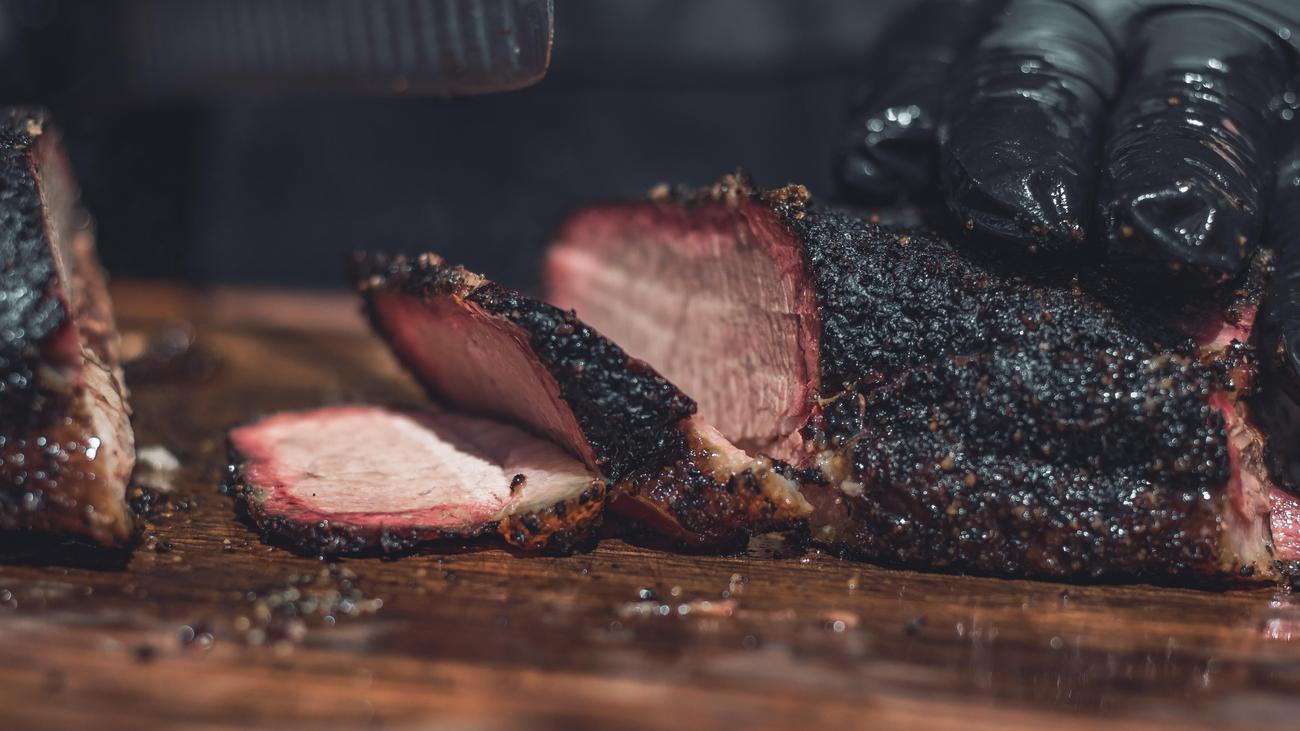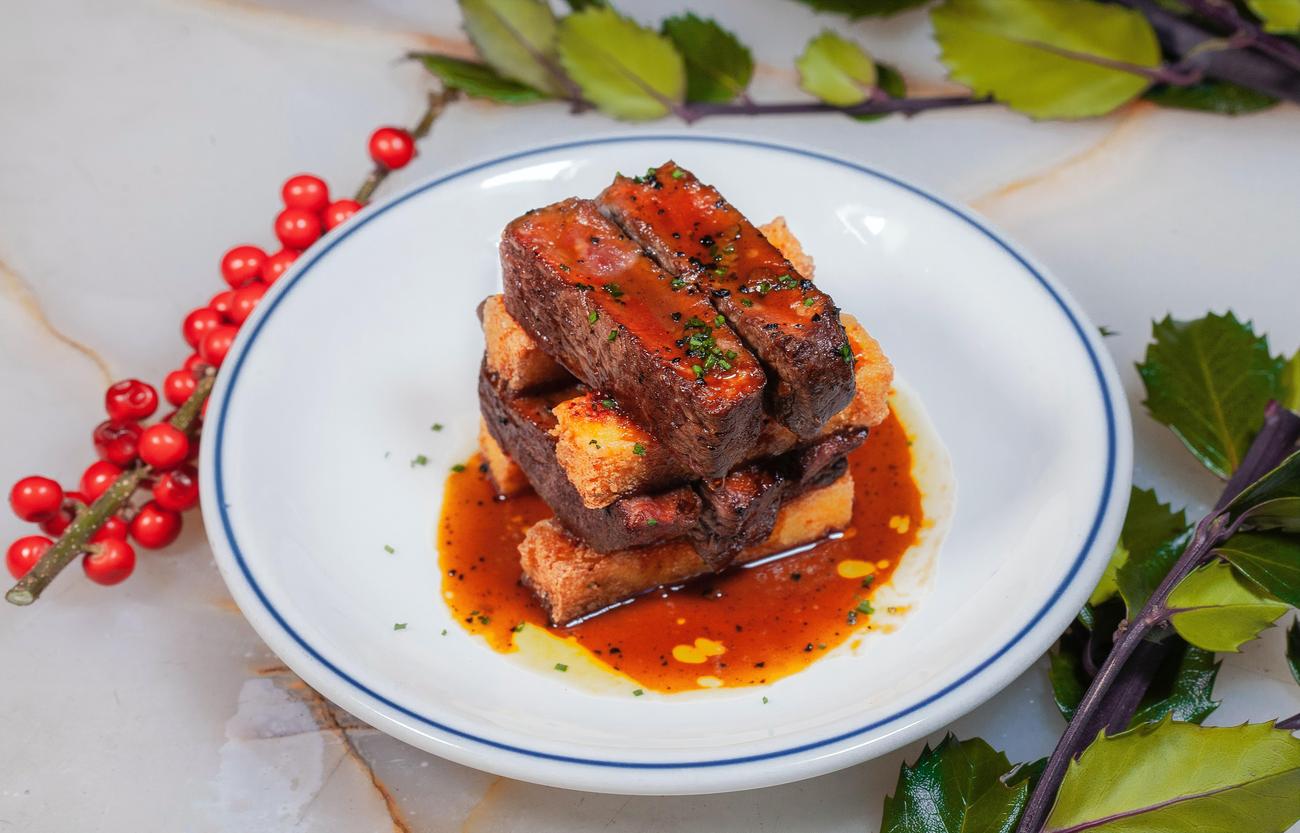Are you ready for a culinary adventure that will tantalize your taste buds and expand your knowledge of gastronomy? Look no further than the delectable world of steak tartare – a dish that is as intriguing as it is delicious. In this article, we will dive into the essential facts of steak tartare, uncovering its history, preparation methods, and presentation styles. Whether you’re a seasoned food enthusiast or a curious novice, get ready to discover the secrets behind this culinary delight that has captivated diners worldwide for centuries.

Facts Steak Tartare
Steak tartare, renowned for its bold flavors and unique presentation, is a dish that has captivated culinary enthusiasts for centuries. In this article, we will uncover the essential facts surrounding this delightful creation, tracing its origins, exploring its variations, and addressing some of the health concerns associated with consuming raw meat.
Origins and Popularity
The origins of steak tartare can be traced back to the Tatars, or Tartars, a group of Turkic warriors. Legend tells us that these warriors would tenderize their meat by placing it under their saddles, allowing the heat and pressure to work its magic. They would then consume the meat in its raw form, seasoned with spices and other ingredients. This story gained prominence through the writings of the French chronicler Jean de Joinville in the 13th century. Through this tale, we catch a glimpse of the dish’s historical roots and the inventive spirit of those who created it.
During the late 19th century, steak tartare gained popularity in Europe and the United States. The Hamburg steak, a minced fillet of beef mixed with onions and bread crumbs, was considered a delicacy and a precursor to steak tartare. New York restaurants introduced this tantalizing dish to eager patrons, and it quickly became a sensation.
Evolution of the Name
Initially, the dish was known as “steak à l’Americaine,” served with tartar sauce. Over time, the distinction between the two preparations vanished, and “steak tartare” emerged as the commonly used term. This blending of names highlights the interplay between various culinary influences and the ever-evolving nature of gastronomy.
Health Concerns and Precautions
While steak tartare is celebrated for its distinctive flavors, health concerns have impacted its popularity in some regions. Raw meat carries a risk of bacterial infection and parasites, such as Toxoplasma gondii and Taenia saginata. However, by adhering to basic hygienic practices and ensuring the use of fresh meat, the risk is significantly reduced.
Toxoplasma gondii, a parasite found in raw or undercooked meat, can pose a danger to pregnant women, potentially leading to congenital toxoplasmosis. Additionally, there is evidence linking latent toxoplasmosis in adults to memory issues and potential psychological effects. It is crucial to handle and prepare raw meat with utmost care to mitigate these risks.
Taenia saginata, also known as beef tapeworm, can be acquired through the ingestion of undercooked beef. This can result in a tapeworm infection known as taeniasis. If left untreated, taeniasis can develop into cysticercosis, a condition with more severe consequences. Proper cooking and sourcing of ingredients are essential to mitigate these risks.
Regional Variations and Enjoyment
Steak tartare has found its place in various European cuisines, each region presenting its own unique twist on the dish. The Belgian version, in particular, is renowned for its exceptional flavor profiles and meticulous preparation techniques. From the zesty capers to the umami-infused Worcestershire sauce, every element harmonizes to create a culinary masterpiece.
Despite the health concerns, steak tartare continues to be enjoyed by countless food enthusiasts worldwide. When it comes to experiencing this delectable dish, it is imperative to ensure proper preparation and sourcing of ingredients. By doing so, you can savor the wonderful flavor combinations and embark on a gastronomic adventure that will leave your taste buds craving more.
As we unravel the rich tapestry of steak tartare, we uncover the historical significance, the enticing variations, and the cautionary tales that accompany this culinary delight. By understanding the origins of this dish and embracing it with proper precautions, we can fully appreciate the multitude of flavors and textures that make steak tartare a feast for the senses. So, are you ready to embark on a gastronomic journey like no other? Let steak tartare be your guide.
Steak tartare is a culinary delight that is not for the faint of heart. This raw beef dish is a true delicacy, and there are several fascinating facts about steak tartare that make it even more intriguing. Did you know that it originated in France and is traditionally made with finely chopped or ground raw beef? If you’re curious to learn more about this unique dish, click here: facts about steak tartare. Prepare to be amazed by the history, preparation methods, and cultural significance of this exquisite culinary creation as you dive into the realm of steak tartare.
FAQ
Q: What is steak tartare?
A: Steak tartare is a dish of raw ground (minced) beef that is usually served with onions, capers, mushrooms, pepper, Worcestershire sauce, and other seasonings. It is often topped with a raw egg yolk.
Q: What is the origin of steak tartare?
A: The dish has its origins in the caricature of Turkic warriors called Tatars or Tartars who were depicted as tenderizing meat under their saddles and eating it raw. This story was popularized by the French chronicler Jean de Joinville in the 13th century.
Q: When did steak tartare become popular in Europe and the United States?
A: Steak tartare gained popularity in Europe and the United States in the late 19th century. The Hamburg steak, a fillet of beef minced by hand and typically served raw with onions and bread crumbs, became a popular dish in restaurants in New York.
Q: How did steak tartare get its name?
A: The name “steak tartare” originated from “steak à l’Americaine” served with tartar sauce. Over time, the distinction between the two disappeared, and “steak tartare” became the commonly used term.
Q: Are there any health concerns associated with steak tartare?
A: Yes, health concerns have reduced the popularity of steak tartare in some parts of the world due to the risk of bacterial infection and parasites such as Toxoplasma gondii and Taenia saginata. However, basic hygienic rules and the use of fresh meat can help reduce the risk.
- Senior at What Age: Benefits & Eligibility Guide - March 29, 2025
- Unlocking Senior Benefits: How Old is a Senior? Your Complete Guide - March 29, 2025
- Master Russian Politeness:A Guide to Saying Please - March 29, 2025
















